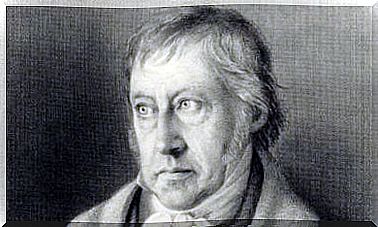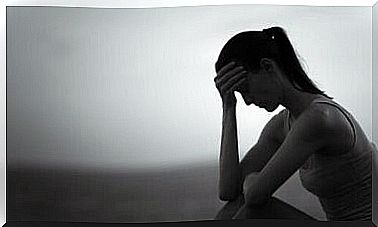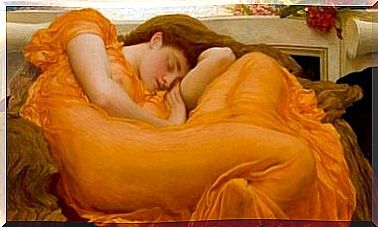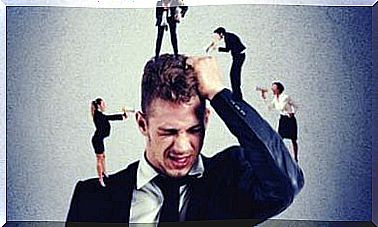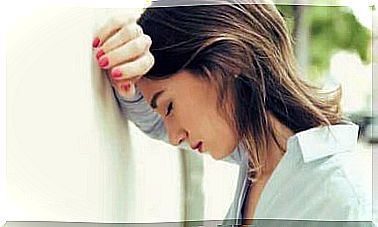5 Pilates Exercises For Beginners
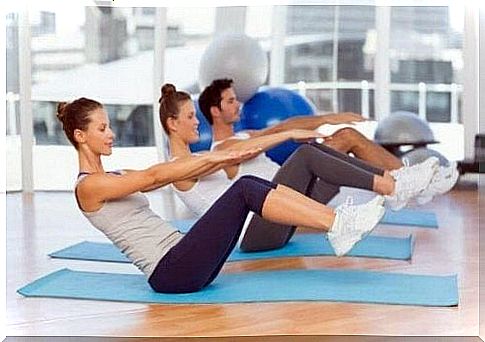
Life in our stressful and permanently connected world has made physical activity indispensable for wellbeing. Exercise helps you relax and meet new people. Pilates exercises for beginners in particular are ideal for calming down.
Joseph H. Pilates, a German-American trainer, developed Pilates in the early 20th century. He originally called it “Contrology” and described it as “the art and science of coordinating body, mind and spirit through natural movements under strict control” . For him it was in the foreground to use the mind to control one’s own body.
The benefits of Pilates can be compared to those of yoga. However, Pilates is more physically demanding. It helps you regulate your breathing and promotes relaxation of your body and mind.
Even if you’ve never tried Pilates before, don’t worry. The following Pilates exercises for beginners are very simple and allow you to get to know what Pilates is all about. After a few days you won’t want to miss what you have been missing!
5 Pilates Exercises for Beginners
In the next section, we’ll show you what some of the recommended Pilates exercises for beginners look like:
The saw
This exercise strengthens your core muscles and stretches your back:
- Sit on the floor (or on a mat) with your legs slightly apart and your arms open as wide as your hips.
- When you are in this position, take a deep breath, turn slowly, and bend your upper body slightly. Touch your left foot with your right arm.
- Then slowly return to the starting position and repeat the exercise on the other side.
- Repeat this exercise four or five times and then relax.
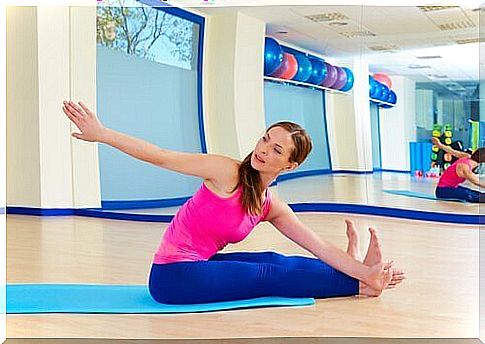
You should remember to keep your back as straight as possible. When you bend your upper body, do not overstretch! You should be careful when you do it, as you can injure yourself if you do it incorrectly!
The rolling up
Rolling up is one of the easiest Pilates exercises for beginners. The only thing you have to do is sit on the floor with your legs outstretched. Then you should try to touch your ankles with your hands and stay in that position for 10-15 seconds. Then you can relax again.
As with the previous exercise, you shouldn’t overuse yourself. If you are in pain or experience abnormal tension in your muscles, you should stop exercising immediately. If necessary, you can try the exercise again at a later point in time.
“Change happens through movement and movement heals.”
Joseph Pilates
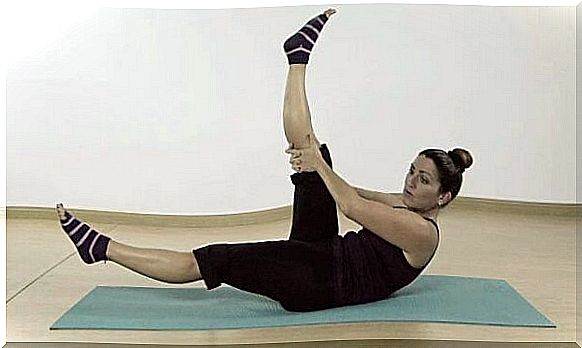
The scissors
- Lie on your back
- Stretch your legs straight as a bolt.
- Pull one outstretched leg slightly towards you while the other goes to the ground, then switch.
- Repeat this exercise 10-15 times for each leg.
The scissors will help you tone your legs and strengthen your spine. However, this exercise should only be performed on a flat surface and the legs should never be overstretched in order to minimize the risk of injury.
The role
- Sit on a mat and pull your legs towards your body.
- Then rock yourself back and forth slightly as if you were a small child. This exercise is a good spine massage!
- Pay attention to your breathing during this exercise: Breathe in and out in a regular rhythm. Inhale as your back hits the floor and exhale as you return to your starting position.
You can do this exercise anywhere, not just in a gym. Try it in your room, on a meadow or even on the beach!
The side support
Sit on your side on the floor with your legs and feet pointing in one direction. Use your left arm to support yourself on the floor while your right hand is on your hip. Now try to lift your hips off the floor by stretching out your legs and your left arm. Now try to put your right arm over your head. Try to hold this position for a few seconds and then slowly lower your hips again. Repeat the exercise on the other side of your body. Be careful with this exercise and avoid injuries!
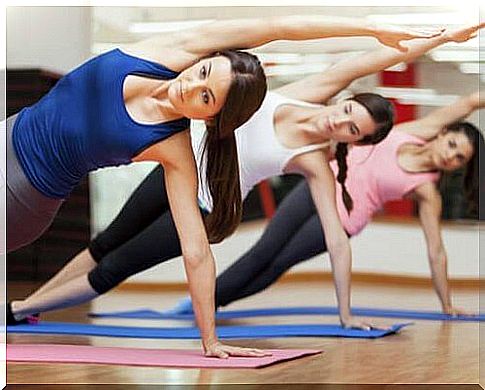
Breathing is one of the most important elements in Pilates. It is the crucial point that sets Pilates apart from other practices. Without a mindful and controlled breathing technique, you would only be doing stretching exercises and the exercises would not work as well. In addition, it is important to know that Pilates is based on 7 basic principles:
- precision
- flow
- steering
- breathing
- centering
- Alignment
- concentration
To see results, you should consider all seven principles. If you don’t take one thing into account, then you are not doing the exercises correctly. For this reason, it is advisable that you start your Pilates journey with an expert as they can guide you.
Once you’ve done Pilates for a while and you feel comfortable with it, you can practice without a teacher. Pilates isn’t just a workout, it’s a way of life. Use it to find calm and serenity. Just give Pilates a chance and enjoy the many benefits it brings!

